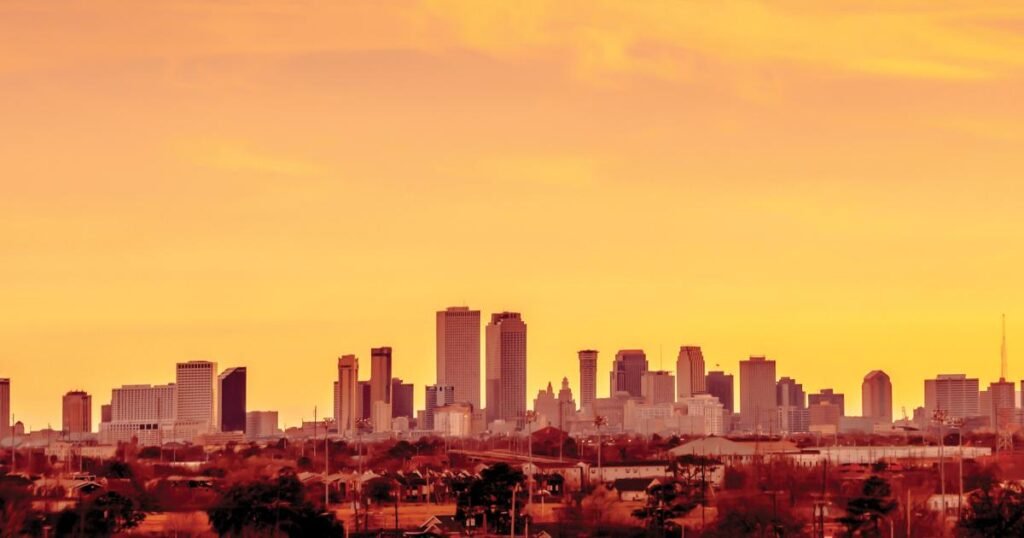In the summer of 2023, Bloomberg School epidemiologist Jaime Madrigano, PhD, MPH, launched ISeeChange, a five-year NIH-funded project designed to estimate the health burden of heat in New Orleans. We have partnered with. It aims to identify individual and neighborhood characteristics and behavioral patterns that increase vulnerability to heat, especially for people who cannot afford to properly cool their homes.
“The home environment can actually be a significant risk in and of itself,” says Madrigano, an associate professor of environmental health engineering. Madrigano studies environmental and climate-related stressors with the goal of informing equitable health policy. “We know that people often die at home, and if you’re financially constrained or on a fixed income, you’re even more susceptible to these kinds of weather and climate stressors. It will be.”
Madrigano and his team combined information collected over two weeks from temperature and humidity sensors in the bedrooms of 70 predominantly black residents of the city’s Upper 9th Ward. This summer, they collected data from residents in the Hollygrove and Hollygrove-Dixon neighborhoods. Additional data from the Louisiana Department of Health will help us understand the situation in the most affected communities based on the number of heat-related hospitalizations and the top contributing factors to those hospitalizations.
A preliminary analysis of data from the Upper Ninth Ward shows that in one-quarter of the homes sampled, indoor temperatures averaged 80°F but approached 90°F at certain times. That’s because air conditioning equipment can’t keep up or residents are worried about their electricity bills. , did not run enough units to keep the home at a safe temperature. The detailed data collected over two weeks complements climate and satellite data.
The effects of extreme heat go far beyond financial stress and physical discomfort. Heat waves are the deadliest of all weather-related phenomena and are associated with mental health problems, heatstroke, dehydration, and a myriad of cardiovascular, renal, and respiratory disorders. Social effects include increased violence, decreased worker productivity, and decreased school performance.
A 2021 study published in Nature found that extreme heat is disproportionately burdening certain races and income groups. People of color and people living below the poverty line are more likely to live in urban heat islands, like much of New Orleans’ Upper 9th Ward. There, impermeable surfaces, pollution, traffic, and sparse greenery can cause temperatures to rise by at least 8°F compared to greener, less developed areas.

